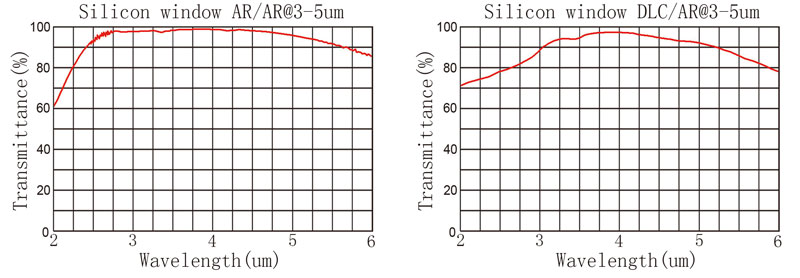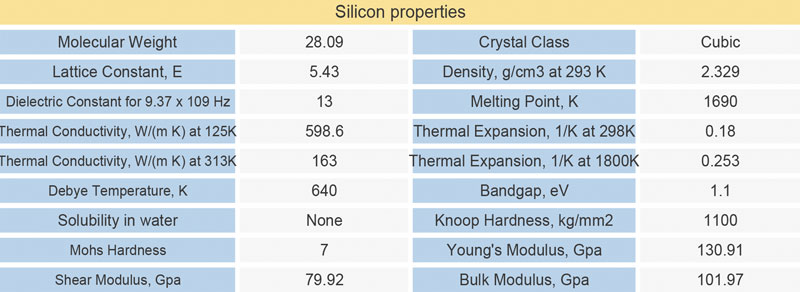The role of dry cutting gear processing is to find a way to replace the cooling lubrication. At present, there are two successful dry cutting methods: high speed dry cutting and low temperature cold cutting.
First, high speed dry cutting and low temperature cold air cutting
High speed dry cutting
The processing method performs cutting processing at a high cutting speed without cooling or lubricating oil. Dry cutting must use the appropriate cutting conditions. First, use a very high cutting speed to minimize the contact time between the tool and the workpiece, and then use compressed air or other similar methods to remove the chips to control the working area temperature. With the wide use of numerical control technology, the rigid dynamic performance of machine tools is constantly improving, and it is not difficult to increase the cutting speed of machine tools. Practice has shown that when the cutting parameters are set correctly, 80% of the heat generated by the cutting can be carried away by the chips.
High-speed dry cutting has strict requirements for the knife: 1 The tool should have excellent high temperature resistance and can work without cutting fluid. The preferred material for dry cutting tools such as new cemented carbide and polycrystalline ceramic CBN; 2 the friction coefficient between the chip cutters should be as small as possible (the most effective method for tool surface coating), and supplemented by chipping good tool structure, reducing Heat accumulation; 3 dry cutting tools should also have higher strength impact toughness than wet cutting tools.
Low temperature cold air cutting
The cutting method replaces the cooling lubricant with a very small amount of vegetable oil of -10~-100 °C cold air. It was first proposed by Yokokawa Yan of Meiji University, Japan. It has been found that in the metal cutting process, if only a very small amount of lubricating oil with good lubricating effect and unoxidized vegetable oil is supplied to the processing point, the processing point will lose lubricity due to high temperature. If cold air (-10~-100°C) is supplied to the processing point, the high temperature of the processing point can be prevented and the above situation can be avoided.
The cutting performance is greatly improved during cold air cutting. Tests have shown that cold air cutting and grinding performance are more than 2 times higher than oil cutting and grinding. Comparison of cutting performance with and without vegetable oil cutting agent and cold air. It can be seen that the use of cold-air cutting is better than the use of plants, and the cutting performance of the tool is further enhanced when the cold air is used together with the trace vegetable oil. Cutting conditions during the test: workpiece diameter: f92~f98mm, cutting speed: 45.1~48.0m/min, feed: 0.5mm, cutting tool: tool nose radius R0.4, equivalent to SKH4 high speed steel, no re-grinding blade.
No precision lubricating oil, no cold air processing; precision lubricating oil, no cold air;
Precision lubricants, cold air; no precision lubricants, -16.7 ° C cold air
Cutting performance with and without vegetable oil cutting agent and cold air
When using very low temperature cold air processing, in order to prevent oil from freezing and losing lubricity, before processing, the surface of the tool is coated with trace vegetable oil, and then the processing point is supplied with strong cold air. That is to say, if the strong cold air is mixed with the oil agent, the effect will be better. The use of trace vegetable oils not only reduces cutting energy, but also eliminates rusting of the workpiece.
Next page
The refractive index of the monocrystalline silicon material is about 3.42, and the reflectivity of the silicon lens after polishing is about 30% in the air environment. Our common silicon lens and silicon window can be coated on the surface (Antireflection Coating), which can reduce the reflectivity to less than 1.5% between 3 to 5 um.
Some silicon elements, especially the silicon protected windows, are exposed to dust, acid, salt and so on in the harsh environment. The conventional multilayer antireflection coating will be damaged and affect the normal work of the equipment. At this time, we need to make DLC coating on the surface of the silicon lens.
Diamond-Like Carbon (DLC) Coated Silicon Windows are engineered for 3 to 5µm, making them ideal for infrared defense applications such as thermal imaging.
Diamond-Like Carbon (DLC) Coated Silicon Windows provide anti-reflection coating on one surface and a specially designed DLC coating on the other surface, making these windows highly durable and ideal for harsh environments.


| Silicon lens specifications: | ||
| Standard precision | High-precision | |
| Dimension Tolerance | φ5-250mm+0/-0.2 | φ3-350mm+0/-0.2 |
| Thickness Tolerance | 1-50mm+/-0.1 | 1-50mm |
| Centration | 3 arc minute | 1 arc minute |
| Surface Quality | 60/40 | 20/10 |
| Power(fringe@633nm) | N<λ/2@633nm(in 25mm) | N<λ/10@633nm(in 25mm) |
| Clear Aperture | >90% | >95% |
| Chamfer | Protected <0.5mmx45deg | Protected <0.5mmx45deg |
Silicon Lens,Silicon Optical Lens,Infrared Si Lens,Silicon Plano-Convex Lens
China Star Optics Technology Co.,Ltd. , https://www.csoptlens.com